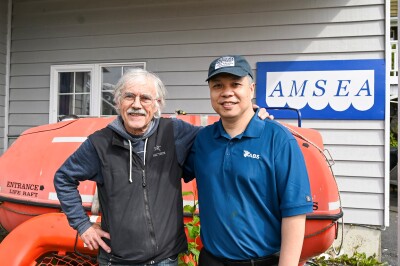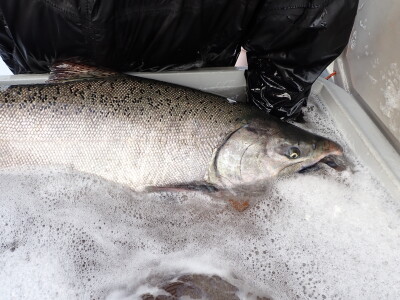For many users and advocates of marijuana, the boom in the West Coast growing industry may be all good and groovy. But in California, critics say the recent explosion of the marijuana industry along the state's North Coast — a region called the "emerald triangle" — could put a permanent buzz kill on struggling salmon populations.
The problem? According to critics, marijuana plantations guzzle enormous amounts of water while also spilling pesticides, fertilizers and stream-clogging sediments into waterways, including the Eel and the Klamath rivers, that have historically produced large numbers of Chinook salmon and related species.
"The whole North Coast is being affected by these pot growers," says Dave Bitts, a Humboldt County commercial fisherman and the president of the .
"I have nothing against people growing dope," he says, "but if you do, we want you to grow your crop in a way that doesn't screw up fish habitat. There is no salmon-bearing watershed at this point that we can afford to sacrifice."
Growers of marijuana often withdraw water directly from small streams and use up to 6 gallons per day per plant during the summer growing season, says Scott Bauer, a fisheries biologist with the California Department of Fish and Wildlife.
"When you have 20,000 or 30,000 plants in a watershed, that is a lot of water," Bauer says.
Read the full story at NPR>>






